Home insulation: the best types to make your home snug and warm
Efficient home insulation will make your home cosy in winter and reduce your energy bills

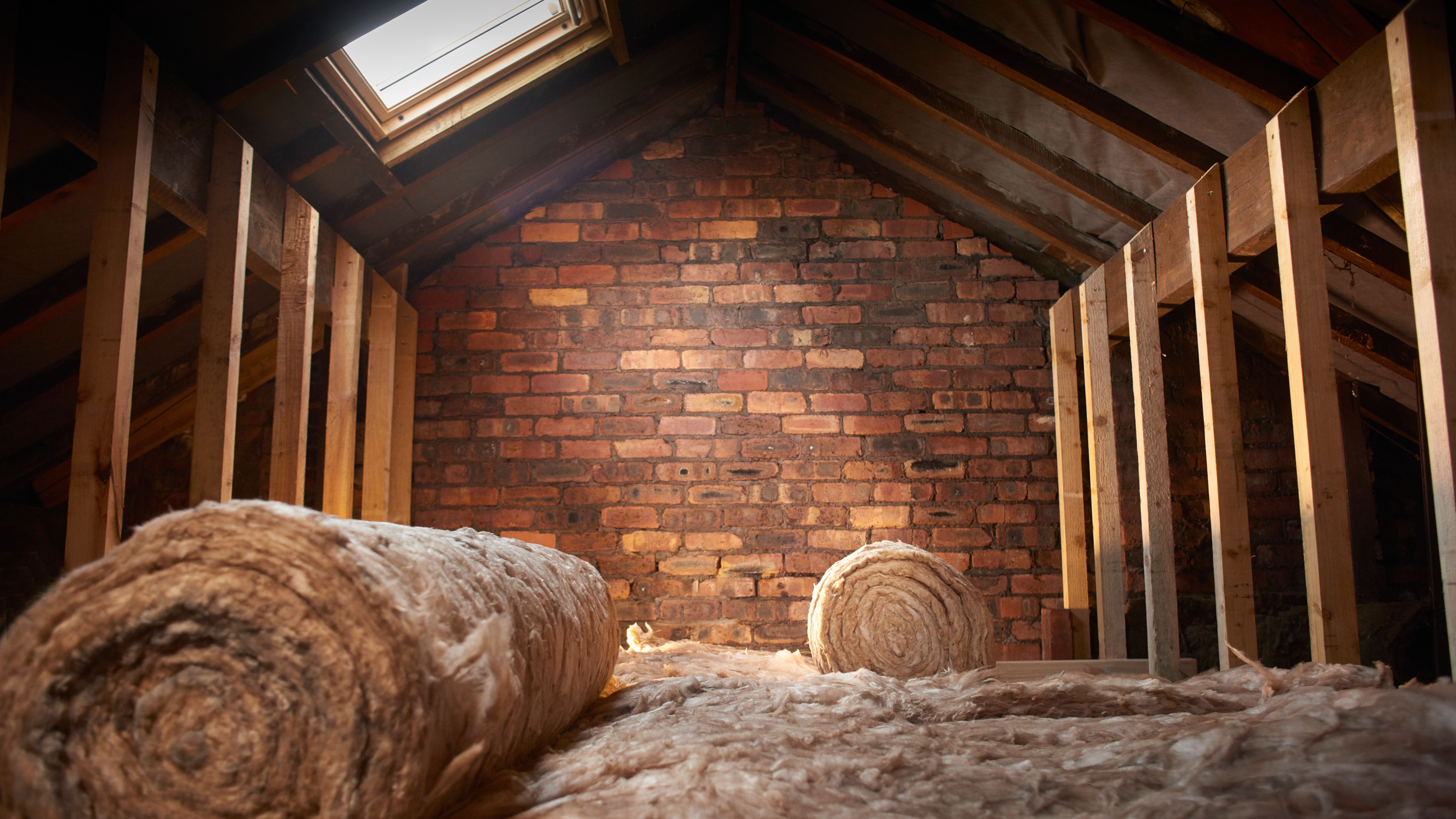
Maximising home insulation makes your home a more comfortable place to be. It will get rid of cold draughts and ensure rooms are warmer.
But the benefits don’t stop there. Get your home insulation right and you’ll reduce what you spend on heating annually, plus do your part to use less energy.
There are many areas of your home that will benefit from insulation – or from boosting what’s already there – and loft insulation is a great place to start your project. But windows, doors, walls and floors can also be improved and we’ve got the lowdown on insulating all round your house, and the best home insulation types, too.
What is the best type of insulation for a home?
There are many different home insulation types available. Which you choose should be led by where you want to install or add to it. We’ve detailed the types of insulation you might want to use in specific areas in the relevant sections.
Home insulation types include:
Blanket insulation, which comes in rolls or batts. It can be made from materials such as glass wool (fibreglass), rock wool (aka mineral wool) and sheep’s wool.
Insulation boards, which come in different types such as PIR, phenolic and expanded polystyrene. Different types are suitable for particular areas of a home.
Get small space home decor ideas, celeb inspiration, DIY tips and more, straight to your inbox!
Spray foam insulation, which expands to fill gaps.
Blown-in insulation, which can be used in cavity walls or loft floors, for example.
There are also insulation products designed for specific areas of your home such as hot water cylinder jackets, radiator reflector panels, and draught-proofing strips for windows and doors.
Wondering what is the most efficient insulation for a house? Different types of home insulation have different R-values. The R-value is a material’s thermal resistance and the higher the value, the greater its insulating effectiveness.
But what’s also vital is the thickness of insulation and you can achieve effective insulation for a particular area of your home with different materials so long as you use the required thickness. In other words, you might want to use a greater depth of a lower cost insulation unless there’s a space restriction.
- Are you energy bills too high? If so, use our energy comparison tool to help lower them
What does it cost to insulate a house?
The cost of insulating a house will depend on its existing insulation as well as how it was built. We are providing the costs of a range of measures around the home as well as the potential savings that can be made by fitting them using typical figures from the Energy Saving Trust (EST).
Insulating your home against draughts
Unless your home is very new, you will almost certainly lose some heat through air leakage around doors and windows, gaps in the flooring, or through the chimney.
Windows can be improved with draught-proofing strips around the window frame. Select from self-adhesive strips and metal or plastic ones with brushes or wipers. The latter cost more but should last longer. These are also best for sliding sash windows. See our guide to how to insulate windows for more details.
Non-opening windows should be draught-proofed with silicone sealant.
Doors can be tackled with a keyhole cover, letterbox flap or brush, a brush or hinged flap draught excluder for the gap at the bottom, and the same strips as those used for windows at the sides.
Be aware that doors and windows in period homes may need particular maintenance.
Chimneys can be fitted with specially designed draught excluders. You, or more often a professional, can fit a cap to the chimney pot, too.
If you light fires in winter, don’t forget that you need to maintain the chimney and fireplace.
Floorboard and skirting board gaps can be filled with flexible fillers, decorator’s caulk or mastic products. Bear in mind that insulating floors in old homes needs care to avoid damaging their integrity.
Loft hatches can be fitted with strip insulation.
Pipework that has gaps around it can be sorted with silicone fillers or expanding polyurethane foam if the gap’s larger.
How much money will draught-proofing save you?
Draught-proofing around windows and doors could save around £25 per year, according to the Energy Saving Trust (EST), while draught-proofing an open chimney you aren’t using could save around £18 per year. You might also be able to turn the thermostat down as your home should be comfortable at a lower temperature with draughts dealt with, so savings can be bigger.
Draught-proofing is a simple DIY job, or you can call in professional help at a cost of around £200 for a whole house, according to the EST.
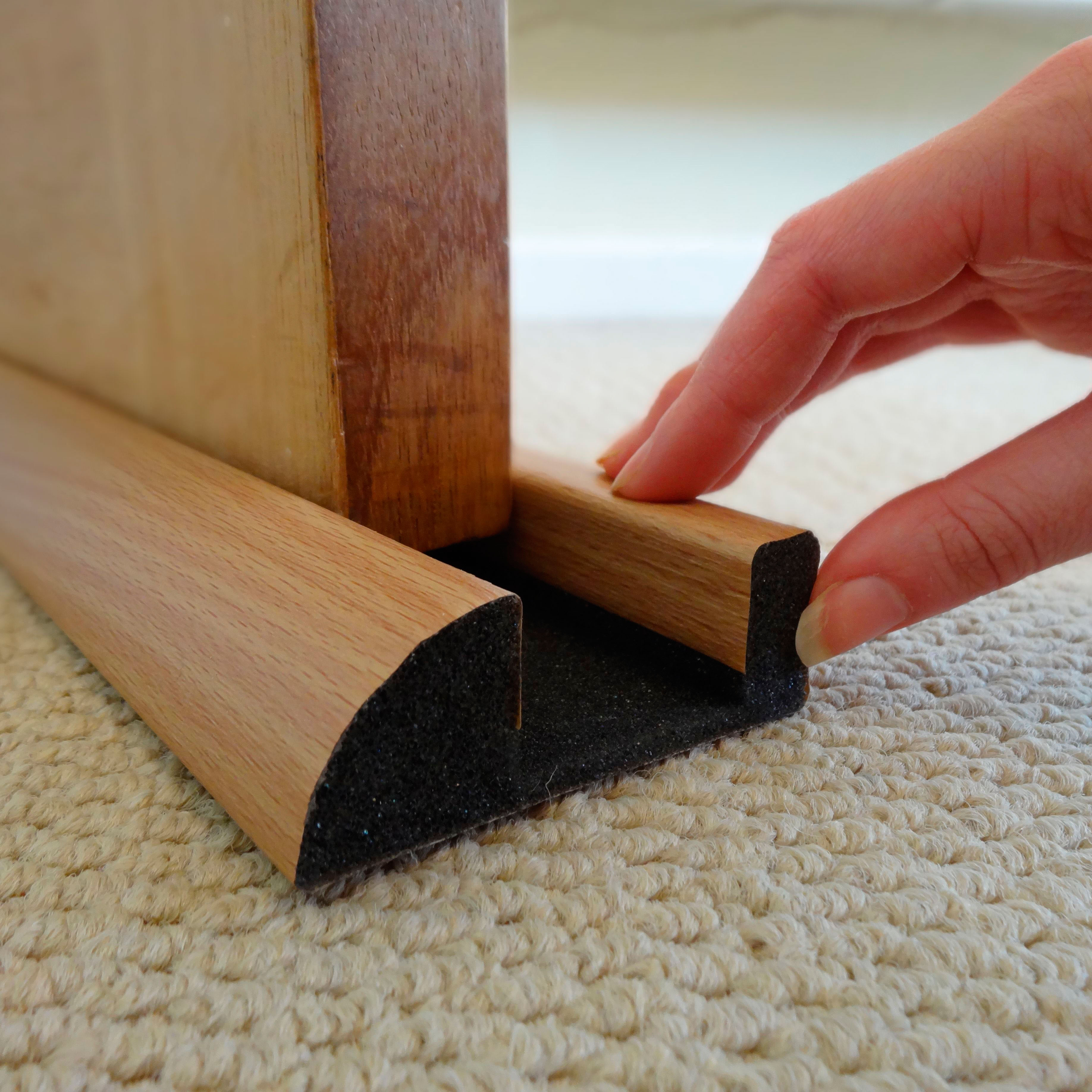
Slide a draught excluder under doors to keep heat in. Diall foam excluder, B&Q
Tip: Although preventing draughts is important, it is essential to leave ventilation ducts and airbricks clear – closing off all ventilation leads to condensation and damp problems.
Home insulation grants: the green homes grant
The green homes grant allowed homeowners and landlords in England to apply for vouchers towards the cost of installing energy efficiency improvements to their homes.
However, the scheme closed to new applications on 31 March 2021. If you applied before the closing date, the application will still be processed. And if you were issued with a voucher, you can use it so long as it’s redeemed before it expires.
Lag pipes and hot water tanks
Lagging water tanks and pipes reduces heat loss, so you spend less money heating water up and it stays hotter for longer. A hot water cylinder jacket costs about £15, and fitting it is a fairly straightforward job. Topping up your hot water cylinder insulation from a 25mm to an 80mm jacket could save around £18 a year. If yours didn’t have any insulation at all before, fuel bill savings could be £80 per year.
Pipe insulation consists of a foam tube that covers the exposed pipes between your hot water cylinder and boiler. Choose the correct size from a DIY store and then put it around the pipes. Materials will cost around £20.
Radiator reflector panels reflect the heat back into the room. They’re only necessary for radiators hung on external walls and most beneficial when that’s an uninsulated solid wall.
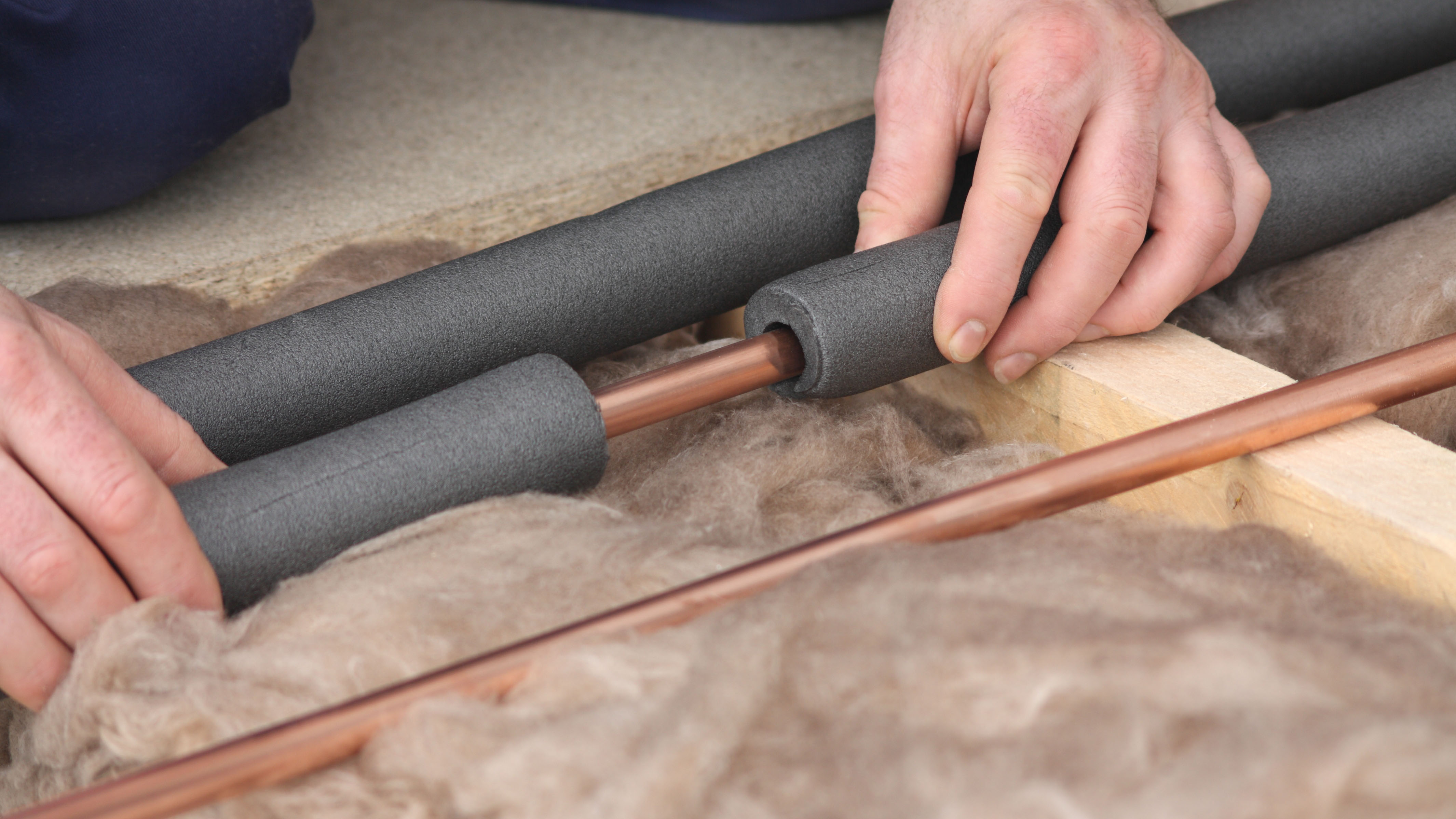
Put foam insulation from a DIY store on your water pipes to save up to £10 a year on heating
Insulate your loft
A quarter of heat is lost through the roof in an uninsulated home, according to the EST.
‘Good loft insulation is essential for those looking to save money on their energy bills,’ says Jenny Turner, product manager at Insulation Express. ‘Depending on the material, loft insulation should last between 80 and 100 years.’
Loft easy to access and has no damp problems? You can DIY. Calling in a professional’s also possible. Loft damp? Sort this out first.
1. Insulating between boards
If the loft joists are regular, you can use rolls of mineral wool insulation. Lay the first layer between the joists, and the next at right angles to cover the joists, and to take the insulation up to the recommended thickness of 270mm.
For old buildings, permeable insulation is effective.
Most homes have insulation of just under half this. Topping it up from 120mm to 270mm could cost from around £230 for a mid-terraced house to around £290 for a detached, saving from around £11 to £20 a year on heating bills, depending on the property.
2. Insulating beneath boards
If you plan to use the loft or attic for storage, you will want to lay boards over the joists. Unfortunately if you only insulate between the joists before doing this, the insulation won’t be thick enough. To get a sufficient layer of insulation, you can fit timber battens across the joists, or buy purpose-built plastic legs that fit on and support the new floor. Leave a ventilated air gap between the insulation and the boards to prevent condensation on the underside. And don’t squash the mineral wool with the new boards as this reduces its effectiveness as an insulator.
3. Insulating a loft used for storage
If you want to use the loft for storage, rigid insulation boards are more suitable. Two layers of 50mm extruded polystyrene boards laid between the floor joists, plus 18mm flooring grade tongue-and-groove chipboard is equivalent to 270mm of mineral wool and would cost £450 to £550.
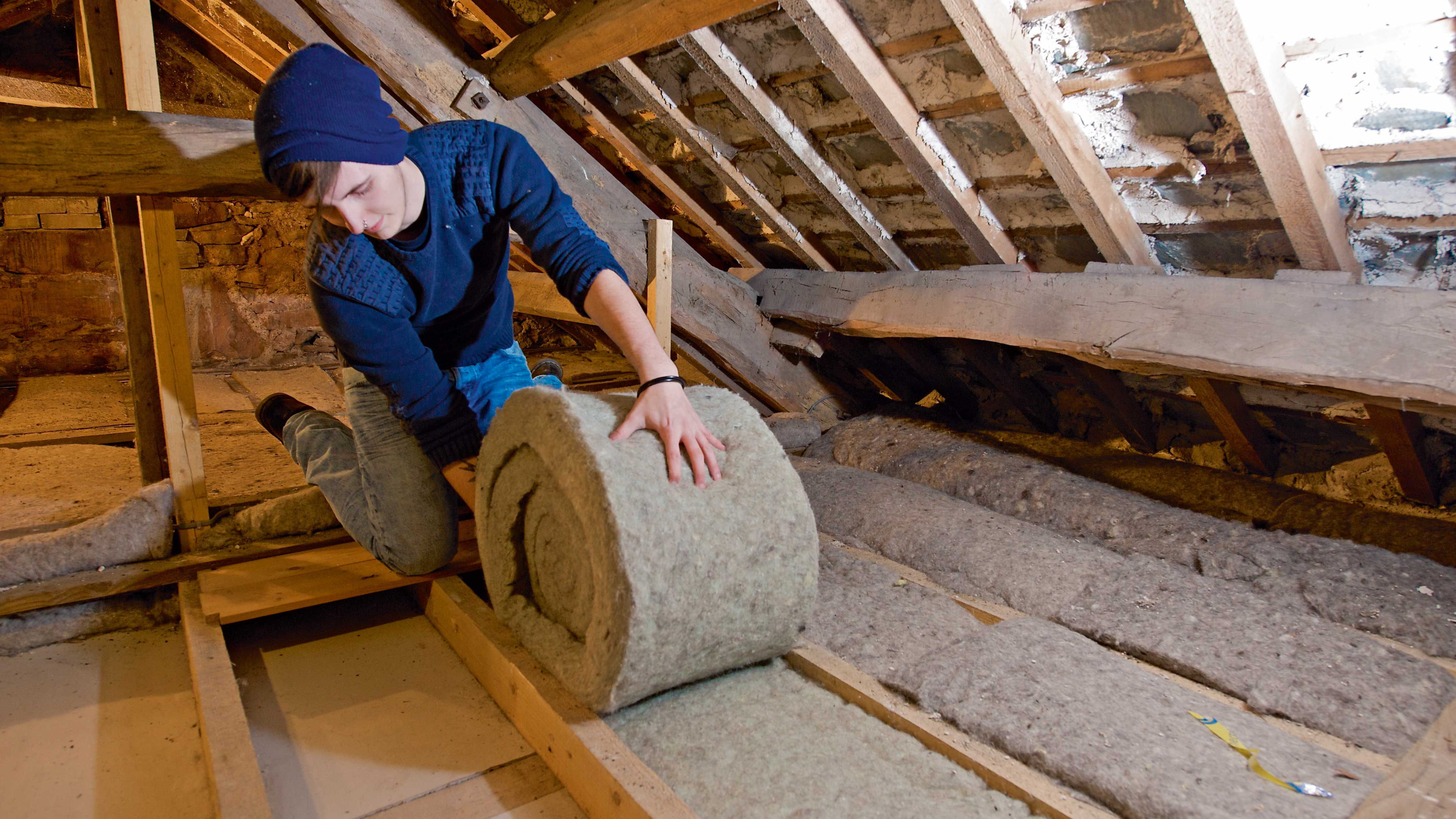
Three top tips for making your home warmer from the Energy Saving Trust (EST)
1. Draught-proof your home
EST research has found that 46 per cent of people still need to draught-proof their windows and doors. A good DIY draught-proofing job could save you around £25 a year.
2. Upgrade heating controls
Room thermostats allow you to set and maintain the temperature at home. Heating can be programmed to turn on and off at certain times of the day to suit your needs. Thermostatic radiator valves (TRVs) let you control the temperature of each radiator individually. Costs can vary significantly due to the variety of heating systems types and sizes and controls available, but savings could amount to £70 a year.
3. Get a new boiler
If your boiler is more than 10 years old it will be far less efficient than a newer model. Consider replacing it with a condensing boiler, plus using a programmer, room thermostat and TRVs and you could reduce your fuel bills by £45 to £300 per year, depending on the type of home you live in. Find out which boiler to buy in our guide.
4. Insulating a converted loft
For a loft conversion, it’s the roof rather than the floor that requires insulation. As the depth between the rafters is not usually sufficient to take 270mm of mineral wool, a more thermally efficient form of insulation is usually used. A typical solution would be foil-faced, rigid urethane insulation boards (try Kingspan or Celotex), fitted both between and over the rafters.
Another option is to incorporate multilayer foil and bubble wrap insulation, which is more space-efficient, but not accepted by every local authority – call yours to check. Whichever material is used, it should be carefully taped together to make it as airtight as possible.
If the roof is being stripped, there is the option to add roof insulation between and over the rafters, which leaves more useable space within the loft. An alternative for where there is no roofing felt is to spray urethane foam insulation on the underside of the roof tiles, which can seal the roof, fix loose tiles and insulate the space all in one application.
Tip: An inaccessible loft can be insulated professionally using specially designed loose material that’s blown into it. A flat roof, meanwhile, should be insulated from above.
Insulate the walls
Houses built from the 1990s onwards generally have wall insulation, but older houses may not. Insulating a wall is a good idea, though.
The type of insulation required depends on whether your home has solid or cavity walls. The former are made of (usually) an outer brick wall with an inner layer of brick or block with a gap in between. Solid walls have a single layer that’s usually brick or stone.
Does your home have cavity or solid walls?
House built after the 1920s? It’s likely to have cavity walls.
Take a look at the width of the wall, too. If it’s more than 260mm thick it probably has a cavity, says the EST. Stone walls can be thicker, though, but are usually still solid.
The pattern of the bricks can be a clue, too. If the faces of the bricks (the long rectangles) are all lined up next to each other, the walls are most likely to have a cavity. If you see the face of a brick then the head of a brick (the shorter, more square end) the wall is most likely solid.
A registered installer can inspect walls to see if they already have cavity wall insulation, or your local authority’s building control department may have a record.
Insulating a cavity wall
Cavity wall insulation fills the gap between the outer and inner layers of the walls.
The insulation for these sorts of walls is usually made from mineral wool, polystyrene beads or foam insulants. Insulating the walls of a house is best left to the professionals. There are organisations who oversee the industry. Look for an installer who is a member of one of these bodies:
The National Insulation Association (NIA)
The Cavity Insulation Guarantee Agency (CIGA)
The British Board of Agrément (BBA)
The average cost for cavity wall insulation in a typical home is around £390 for a mid-terraced house to around £600 for a detached. Fuel bill savings could be from £95 to £255 per year respectively, according to the EST.
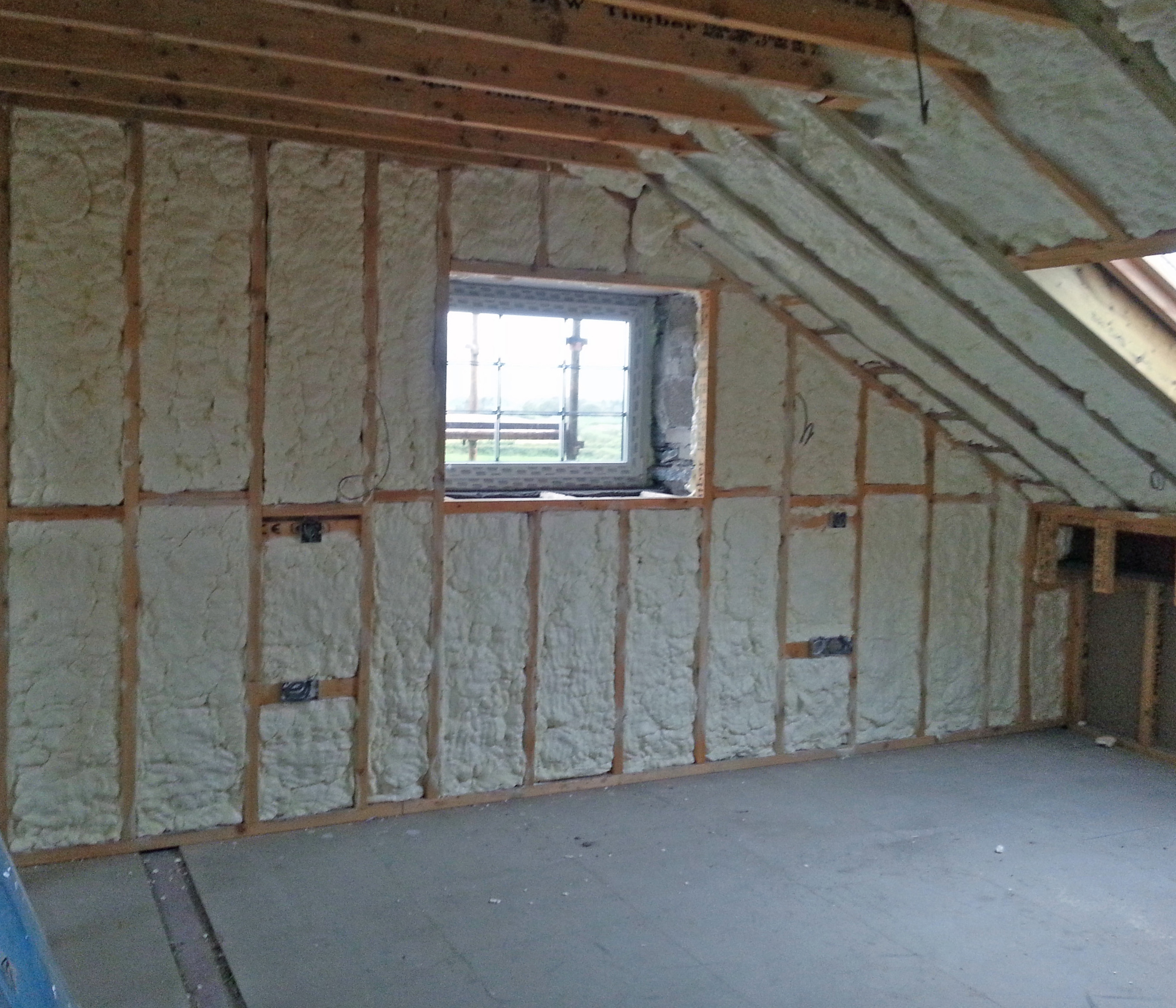
Insulating a solid wall
Solid walls can be insulated from inside or out. Internally, insulation boards are fitted to the wall or a stud wall is built and filled with insulating material. This is generally the cheapest method – the EST estimates around £8,200 – but it will make rooms smaller and means skirting boards, door frames and fittings have to be moved.
If solid walls are insulated from outside, insulating material is attached to the outside of the wall, then covered with a protective/decorative layer, such as render. Other options include brick slips, timber weatherboarding, hung tiles or cladding panels. These can potentially improve the look of the house as well as making it more energy efficient. External wall insulation is more costly (the EST estimate for a typical three-bedroom semi is around £10,000) but it doesn’t reduce the floor area of individual rooms.
However, as external wall insulation does increase the thickness of the walls, the roof eaves and verges often have to be extended to cover this; the reveals of window and door openings will also have to be clad, and windowsills may need to be replaced or deepened. Gutters, downpipes and external soil pipes will need to be removed and refitted.
External insulation will generally require planning permission and, if you live in a conservation area or other designated area, this will be the case. It’s unlikely to be acceptable on a listed building. Get in touch with your local planners for advice.
Solid wall insulation can reduce energy bills by between £130 for a mid terrace to £350 for a detached per year.
Insulate the floors
The EST advises that insulating the floors of upstairs rooms may be unnecessary if they are above heated spaces. Do consider insulating any floors over unheated spaces such as garages, though, as a lot of heat is probably being lost. Older houses are more likely to have cold and draughty suspended timber ground floors, so floor insulation could save you money.
Floor insulation could cost between £520 and £1,300, says the EST, and the body estimates savings of between £30 and £70 a year, depending on the type of house.
Suspended timber floors can be insulated by placing rigid insulation board between the joists, supported by nails or timber battens, or by placing mineral wool bats supported by plastic meshing, to ensure the joists are still ventilated.
A breathable membrane over the top of the joists can prevent draughts while ensuring the space is ventilated. If there is a cellar or void beneath the property, it may be possible to insulate a timber floor from underneath, but in most cases it will be necessary to lift the floorboards and to fit insulation from above.
Many newer homes will have a ground floor made of solid concrete, which can be insulated. However, this can be a costly process as it will raise the floor level, necessitating adjustments including flooring, skirting boards and door levels. It may be worthwhile if extensive renovations are already planned, using a rigid foam insulation layer laid on the concrete floor with a damp-proof membrane.
In older houses, flagstones may be laid directly on to compacted earth. In this situation, where major renovation work is being undertaken, limecrete (NHL) based insulated solid-floor systems can be used, which allow the floor to breathe but provide thermal insulation and damp-proofing. A solid concrete floor with a damp-proof course is not usually suitable for old solid-walled buildings, as it can lead to rising damp by forcing ground moisture to the base of the walls.
Laying new flooring? Think underlay. ‘Underlay – which can be used below carpets, laminate and wood flooring – is made up of millions of tiny fibres which are natural insulators, trapping cold air travelling up through the floor to ensure it doesn’t make its way into the home,’ says Chris Barber, chief retail officer at Flooring Superstore. ‘As a result, the home becomes naturally warmer meaning there’s less reliance on energy-intensive heat sources.
‘Whenever a homeowner lays a new floorcovering, they should also replace their underlay to get the best performance possible from their flooring. Underlay extends the lifespan of a carpet or laminate floor by up to 50 per cent and reduces noise levels and improves air quality, making a more comfortable and healthy home overall.’
Follow building regulations
Home insulation has to comply with the relevant building regulations, even when it is fitted retrospectively. However, if such an upgrade is not technically or functionally feasible, it can be upgraded to the best standard. For more guidance on the regulations, visit the government’s planning portal.
What is the cheapest way to insulate an old house?
There are affordable ways to improve energy efficiency in an old house, including fitting a hot water cylinder jacket, insulating pipes, and using radiator reflector panels. Draught-proofing doors and windows can also be an inexpensive way to help keep energy bills as low as possible.
‘One of the quickest and cheapest ways to improve the performance of your home is to minimise draughts,’ agrees William Bown, managing director of SuperFOIL Insulation. ‘Not only can a lot of heat escape this way but the draught itself adds a chill factor that makes your home feel colder than it is.
‘To do this you can make sure doors and windows are well sealed using draught excluders etc. but another major culprit in older homes is draughty floors. If your home suffers from these, consider installing carpet with an insulating underlay to reduce the draughts.’
The right curtains can also help in an old house. ‘Choosing a full-length curtain in a heavy fabric is a great way to keep cold air out and warm air in,’ says Stephen Beresford, head of marketing and communications at REHAU. ‘Floor length curtains are particularly effective for draught-prone areas, such as large windows or patio doors.’
Pay attention to radiators, too. ‘Make sure there are no obstructions to your radiators, such as clothes drying on top, or storage blocking the front,’ he adds.
There’s a further bonus to a draught-free home. ‘You may be able to turn down your thermostat, saving you even more on your energy bills,’ says Stephen Beresford.

Sarah is a freelance journalist and editor writing for websites, national newspapers, and magazines. She’s spent most of her journalistic career specialising in homes – long enough to see fridges become smart, decorating fashions embrace both minimalism and maximalism, and interiors that blur the indoor/outdoor link become a must-have. She loves testing the latest home appliances, revealing the trends in furnishings and fittings for every room, and investigating the benefits, costs and practicalities of home improvement. It's no big surprise that she likes to put what she writes about into practice, and is a serial house revamper. For Realhomes.com, Sarah reviews coffee machines and vacuum cleaners, taking them through their paces at home to give us an honest, real life review and comparison of every model.